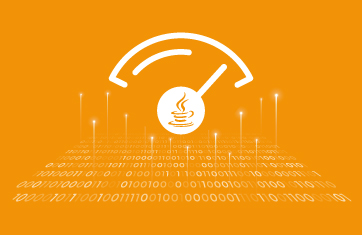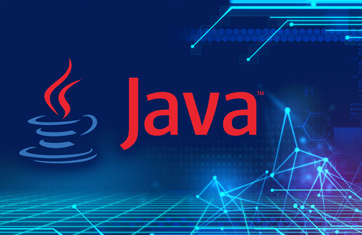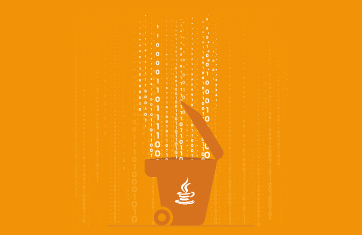Java CPU
Summary
Sometimes a Java application could struggle to meet service level performance or scalability agreements. One of the key symptoms of a poorly performing Java application is “High Java CPU”. SREs and IT Operations teams need to diagnose the correct root-cause of high Java CPU.
In this article, we’ll look at how Java uses CPU computational resources, the factors on which Java CPU depends upon, typical use cases for High java CPU and what SREs and IT Operations can do to achieve optimal Java CPU utilization levels.
How does Java use CPU?
Java programs use the CPU (central processing unit) to execute bytecode instructions and perform various computational tasks. The execution process involves several steps:
What role does the JVM provide in providing CPU to Java applications?
The Java Virtual Machine (JVM) is a software layer that provides an abstraction between Java programs and the underlying hardware, including the CPU. The JVM manages the execution of Java bytecode, which is a platform-independent representation of the Java program.
When a Java program is run, the JVM translates the bytecode instructions into machine code instructions that can be understood and executed by the CPU. This translation process is performed by the Just-In-Time (JIT) compiler, which dynamically compiles parts of the bytecode into native machine code at runtime.
The JVM interacts with the CPU through the operating system's services and APIs. The operating system is responsible for managing hardware resources, including CPU scheduling and process execution. When a Java program is executed, the JVM requests CPU time from the operating system, and the operating system schedules the JVM's threads for execution on available CPU cores. Good JVM monitoring tools will allow visibility into which threads have high CPU usage.
The Operating System (OS) on which a JVM runs may itself in turn be run on bare metal servers or virtualized or containerized via a hypervisor or on the cloud. Monitoring the server, containerization, virtual machines, hypervisor or cloud components involved may be necessary to troubleshoot CPU issues.
The JVM uses various techniques to optimize the execution of Java programs on the CPU. For example, it employs runtime profiling to identify frequently executed code paths and applies optimizations such as method inlining, loop unrolling, and dead code elimination. Additionally, the JVM may utilize specialized CPU instructions and features, such as SIMD (Single Instruction, Multiple Data) instructions, to enhance performance for certain operations.
It's important to note that the specifics of how the JVM accesses the CPU and the optimizations it employs can vary between different JVM implementations. Different JVMs, such as Oracle HotSpot, OpenJDK, and IBM J9, may have their own mechanisms and strategies for interacting with the CPU. However, the general concept of using a combination of bytecode interpretation and dynamic compilation to execute Java programs on the CPU remains consistent across JVM implementations.
What does Java CPU depend on?
The CPU utilization of a Java program depends on various factors, such as the complexity of the code, the workload it is performing, the number of threads or processes running, and the efficiency of the underlying JVM implementation. CPU usage can vary dynamically based on the program's execution flow and the demand for computational resources.
What causes high Java CPU usage?
Java applications may take high CPU resources for many reasons:
How can Java CPU be optimized?
Java applications can be optimized to make efficient use of the CPU by employing techniques such as algorithmic optimizations, multithreading, parallelization, and reducing unnecessary computations or loops. Profiling tools can be used to analyze CPU usage and identify bottlenecks or areas for optimization within the Java code.
Restarting an application will not solve a CPU usage problem – it only mitigates the problem for a short while, until the problem reappears. It is, therefore, essential to identify the cause of the CPU spike: is it due to poorly designed application code, insufficient memory allocation, or an unexpectedly high workload?
If you are experiencing Java CPU issues, you may like to read: High Java CPU Usage – Troubleshooting Tips | eG Innovations.



